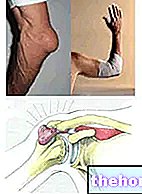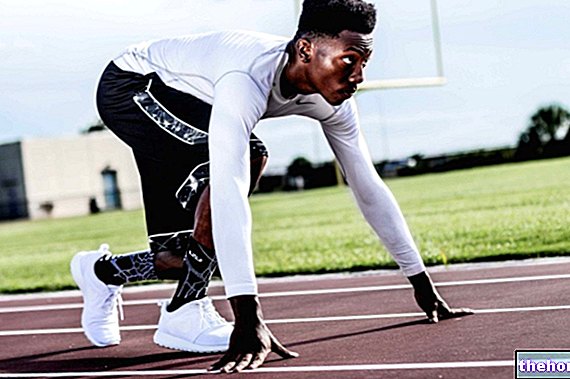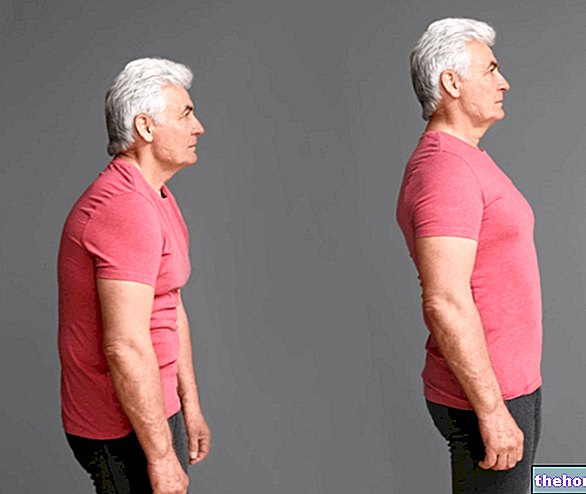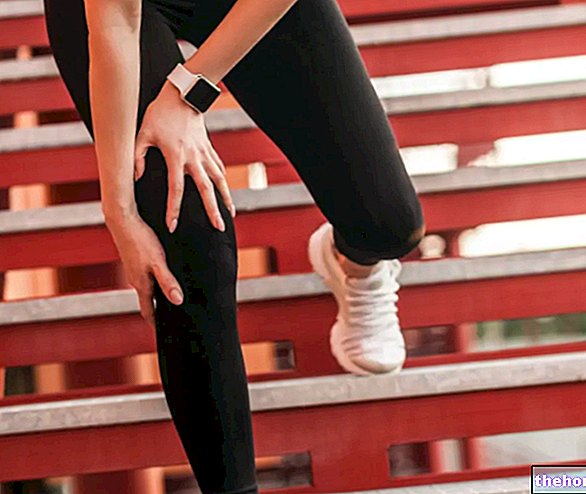Edited by Dr. Luca Franzon
The term pubalgia refers to a painful syndrome characterized by pain in the groin and / or pubic area and / or on the inner face of the thighs.

Its etiology is so vast that according to Jarvinen it is possible to identify as many as 72 causes of groin pain. Currently it is classified in three different categories which are:
INSERTIONAL TENDINOPATHY = groin pain is caused by repeated microtrauma to the adductor muscles of the thigh and abdominal muscles. The critical point of these muscle insertions is the pubic symphysis which represents the area where the ascending and descending forces of the involved muscles are discharged.
SYPHISIARIA SYNDROME = caused by microtrauma induced by the adductor muscles which, acting in an unbalanced and lengthening way between the two limbs, create a sort of collapse at the level of the symphysis. This situation leads to an imbalance in the stability and equilibrium of the pelvis. This is a situation that arises especially in the age of development during which the symphysis is already in itself weaker.
SYNDROME OF THE SHEATH OF THE ABDOMINAL RECTUM OR PERFORATING NERVE OF THE ABDOMINAL RECTUM OF THE PLAYER = groin pain is caused by the act of kicking during which there is a strong tension in the abdominal muscles. This tension sometimes creates a fissuring of the superficial fascia with consequent stretching and compression of the perforating nerve which then gives rise to the pain syndrome.
Initially the pain is located in the pubic area, then it radiates in the antero-medial aspect of the thigh and sometimes also in the retropubic area associated with bladder tenesmus (sensation of incomplete bladder emptying so much that you have to go almost continuously to urinate even if the bladder is completely empty )
It can present with an initial symptomatology with pain especially upon awakening and when physical activity begins. Both of these symptoms disappear with movement demonstrating the presence of a slight inflammation. In the most severe cases the pain is continuous and burdensome and sharpens in sudden movements. Upon clinical examination, the adductor muscles are contracted and the pressure in the pubis is more or less painful.
, malocclusion and posture. The presence of any pre-contacts creates muscular tensions which, through the temporomandibular joint, are transmitted to the articular muscle system in the neck and cervical tract with subsequent repercussions on the entire postural system.
As fitness instructors it is right to know that even pregnant women can sometimes suffer from groin pain due to the laxity of the pubic symphysis due to the marked release of the relaxin hormone, which makes the joints looser.
In conclusion, it can be said that groin pain is a "well-known pathological entity, it requires an early diagnosis that will allow us to give an adequate and effective treatment. Beyond all those that may be medical or kinesiological therapies in this type of pathology with a very vast etiology, it is necessary to be able to understand what is the cause or the triggering causes and try to eliminate them.
As in all pathologies it would be useful to try to prevent them instead of treating them. The various prevention programs, applied with rigor, must make it possible in the years to come to avoid this pathology of overmenage.
Bibliography:
- Benazzo F, Cuzzocrea F, Mosconi M, Zanon G. The footballer's groin.
- Benazzo F, Mosconi M, Zanon G, Bertani B. Groin pain. J. Sports Traumatol 1999; 21: 30-40.
- Bruckner P, Bradshaw C, McCrory P. Oblurator neuropathy. A cause of exercise related groin pain. Physician and Sports Med 1999; 27: 62-73.
- Busquet L. THE MUSCLE CHAINS VOLUME III - La Pubalgia Edizioni Marrapese 1998
- Cibulka MT. Rehabilitation of the pelvis, hip and tight. Clin. Sports and Med 1989; 8: 777-803
- Danowski R.G., Chanussont J.C .: Sports Traumatology - Ediz. Masson, Milan, 2000
- Estwanik JJ, Sloane B, Rosemberg MA. Groin strain and other possible causes of groin pain. Physician and Sports Med. 1988; 18: 59-65.
- Fournier JY, Richon CA. Revue critique de 25 patients pour pubalgia par inguinal miorraphie (Operation de Nesovie). Helv Chir Aeta 1993; 59: 775-778.
- Fredberg U, Kissmeyer-Nielsen P. The sportsman's hernia. Fact or fiction? Scnd. J. Sports Med 1996; 6: 201-204.
- Hackney RG. The sports hernia: a cause of groin pain. Br. J. Sports Med 1993; 27: 58-62.
- Holmich P, Uhrskou P, Ulnits L, Kanstrup IL, Nielsen MB, Bjerg AM, Krogsgaard K. Effectiveness of active physical training as treatment for long-standing adductor-related groin pain in athletes: randomized trial. Lancet. 1999 Feb 6; 353: 439-43.
- Jarvinen M, Orava S, Kuyala UM. Groin pain (Adductor Sindrome), Operative techniques. In: Sport Medicine 1997; 5: 133-137.
- Karlsson J, Sward L, Kalebo P, Thomee R. Crhonic groin injuries in athletes. Recommendations for treatment and rehabilitation. Sports Med 1994; 11: 141-148.
- Lovell G. The diagnosis of chronic groin pain in athletes: a review of 189 cases. Aust. J. Sci. Med. Sport 1995; 27: 76-79.
- Niccolai R. The reorganization of the pelvis and its complications. News from the Technical Sector. 2004 N ° 6; 17-27.
- Orchard JW, Read JW, Neophyton J, Garlick D. Groin pain associated with ultrasound finding of inguinal canal posterior wall deficiency in Australian Rules footballers. Br. J. Sports Med 1998; 32: 134-139.
- Renstrom P, Peterson L. Groin Injuries in athletes. Br. J. Sports Med. 1980; 14: 30-36.
- Renstrom P. Tendon and muscle injuries in the groin area. Clinics in Sports Med 1992; 11: 815-831.
- Simonet WT, Saylor HL, Sim L. Abdominal wall muscle tears in hockey players. Int. J. Sports Med 1995; 16: 126-128.




























